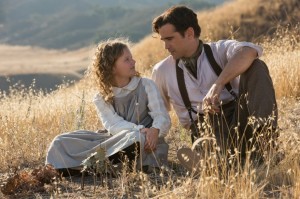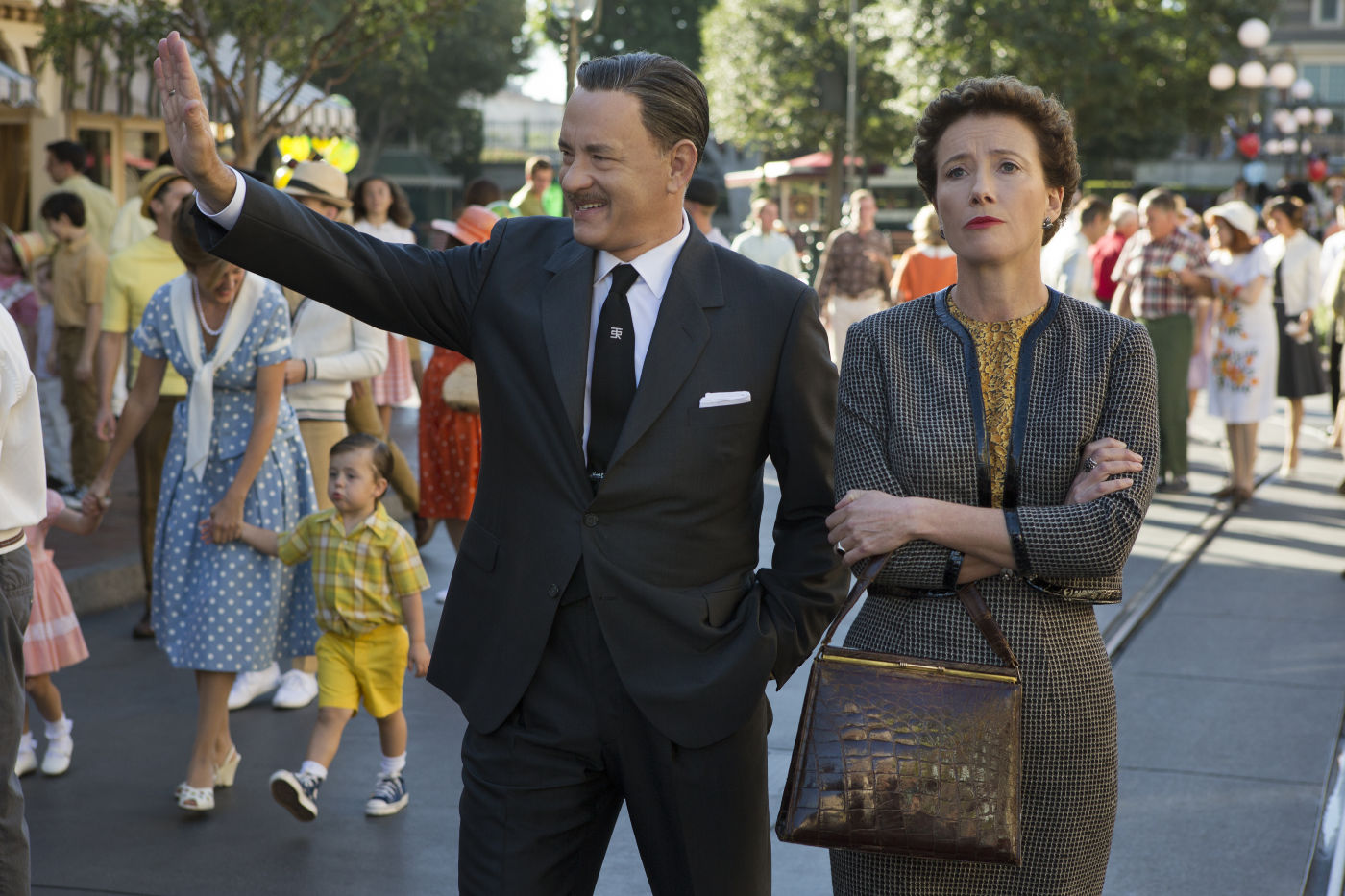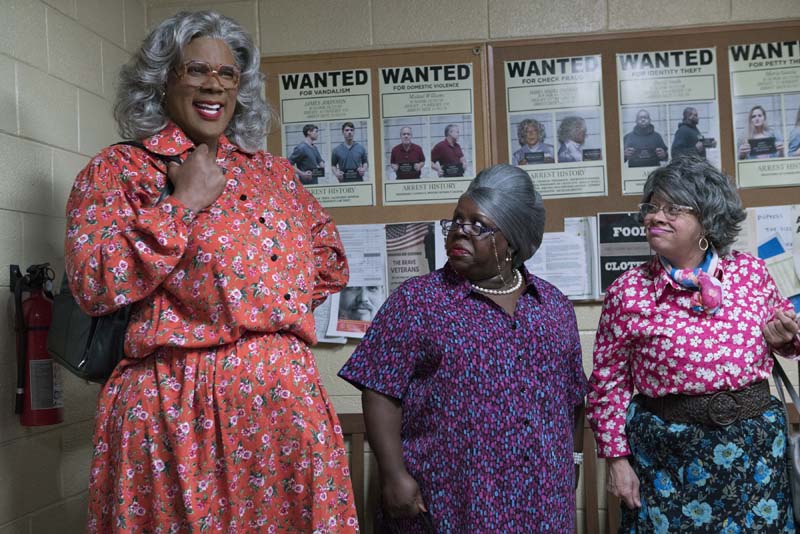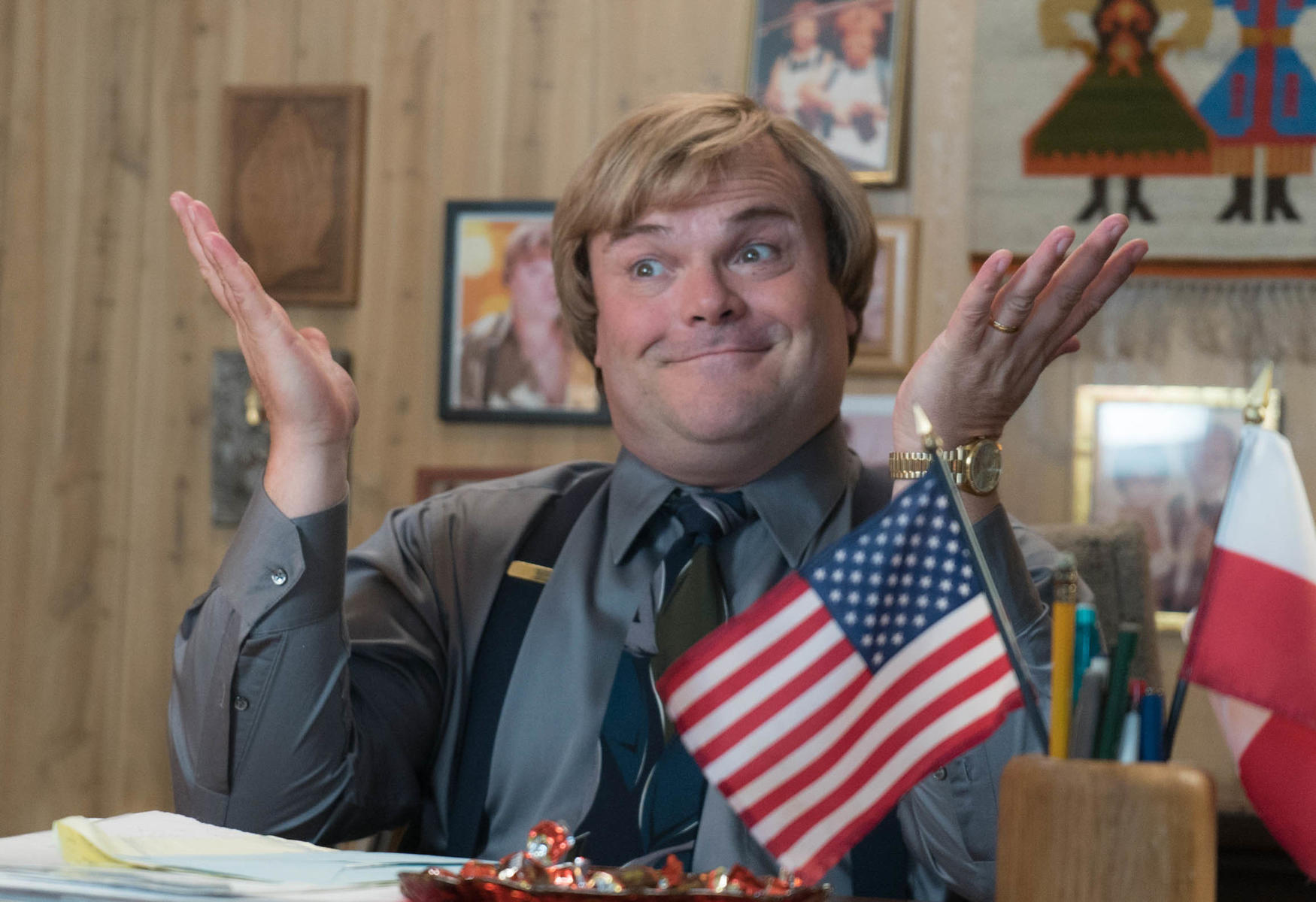It must be awful to be a quality writer. Really awful. You pour your heart into your work, struggle to make words come to life all so that the too few who read your work can critique or misinterpret it. You catch a lucky break and you get a film deal; your words made the script happen and yet you get paid a pittance compared to the cast, and then somebody else mangles your labor into a screenplay. And, by chance you ever do get to be the hero, you then get portrayed as a bitter flat-hag, shut off by choice to the kind, kind world outside. The world just wants to enjoy your words. It is too much to ask that you let them?
Saving Mr. Banks is the biographical story of P.L. Travers (Emma Thompson) finally selling her Mary Poppins rights to Walt Disney (Tom Hanks). Travers is comically stuck in her English world of stuffiness, except there isn’t anything funny about it. Her Los Angeles hotel room is stuffed to the gills with Disney treats to greet her – and she immediately throws them all in a closet. It is impossible to imagine this woman as portrayed wrote a book about magic and mirth. And perhaps she didn’t – the conflict here is Disney’s interpretation of her work. The joke being of course, that Walt and the boys (Bradley Whitford, B.J. Novak, Jason Schwartzman) have read the words and come up with the version of Mary Poppins we know all too well, with singing and delight and animated dancing penguins. There’s no doubt this version will sell, but it isn’t true to Ms. Travers’ (don’t call her “Pam”) vision. The question then becomes, “what did she envision (and does it matter)?” The lack of gravitas in the tale might just have something to do with the fact that the nanny travels by magic umbrella.
There’s humor in the contrast, of course. As the Shermans (Novak & Schwartzman) start singing the score, Travers interrupts to correct that “responstable” –the rhyme to “constable” — is not a word and she won’t have any of it. The camera quick-cuts to the piano music stand where a hand quickly hides the as yet unexplored sheet music to “Supercalifragilisticexpialidocious.”
It’s wrong that Disney made this film – there’s no two ways about it. It is absolutely impossible to get an objective viewpoint here, where an objective viewpoint is essential. For more than an hour, P.L. Travers is portrayed as an irascible, intractable, deliberately obstructionist stick-in-the-mud, while Walt Disney is the amiable, flexible champion of all that bring smiles to children’s faces. By 1961, of course, Disney had  cornered the market on child entertainment … the idea that Travers could and, more importantly, would bring him to his knees is a tad far-fetched.
cornered the market on child entertainment … the idea that Travers could and, more importantly, would bring him to his knees is a tad far-fetched.
The picture’s way of making things even-handed is by delving into Travers’ background, showing her painful childhood in early 20th century Australia. Interwoven within the Disney studio story is the outback tale of Travers’ youth where we meet the “real” Mr. Banks (Colin Farrell) constantly catering to his eldest, the childhood version of this writing monster (Annie Rose Buckley). It would seem that Ginty had the absolute perfect father: doting, funny, attentive, well … perfect if you can just overlook a few things, like the fact that he was a drunk, couldn’t hold down a job, was a lousy supporter, a lousy husband and CLEARLY favored Ginty above all other members of the household. Sure, as long as you can adjust for those shortcomings, the man was awesome. I’m left wondering about the other children, her siblings. They had it worse than Ginty, but didn’t grow up to channel their lesser experiences into award-winning novels. There’s something very wrong in the whole scene – fifty years later, the favored child is still the favored child and we indulge her adult petulance essentially because her father indulged her childhood whims above the other members of the family. The surface tale here – the author v. Walt Disney—is worth telling, and the transformation from ice cube to lukewarm water is relatively moving, but in retrospect, I’m devaluing this film to a marginal thumbs up. Saving Mr. Banks is best used as a companion piece to Mary Poppins so that maybe, just maybe, Disney can remind us the animated Dick Van Dyke/Julie Andrews playtime theater was, perhaps, intended to be just a bit deeper and darker than it came out, but you’ll understand why.
Oh drat, not a single Saving Private Banks joke in the entire review. For shame.
♪Dis Disiney
Dis Disiney
Dis Dis Disney
Banks is better than
mediocrity
Dis Disiney
Dis Disiney
Hullabaloo
But let’s not talk Oscar
For that overindulged shrew♫
Rated PG-13, 125 Minutes
D: John Lee Hancock
W: Kelly Marcel, Sue Smith
Genre: Biographical fairy-tale
Type of person most likely to enjoy this film: Those who worship at the altar of Walt Disney
Type of person least likely to enjoy this film: Novelists
♪Parody inspired by “Chim Chim Cheree”



